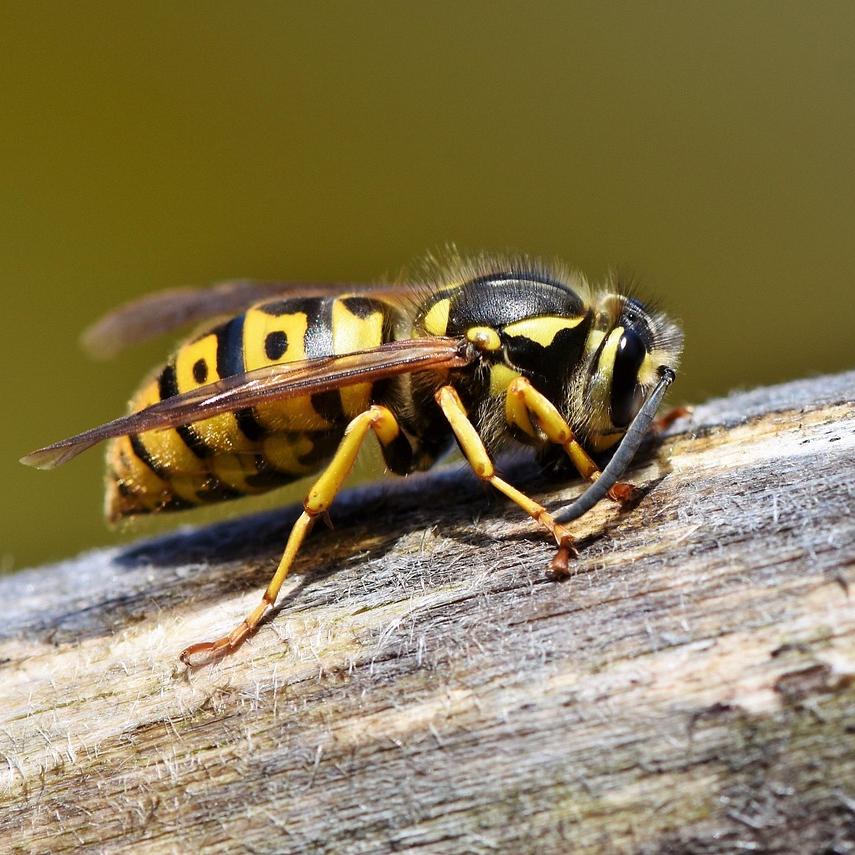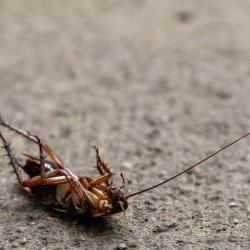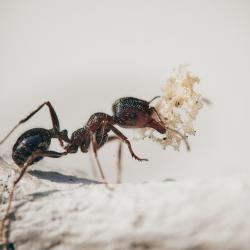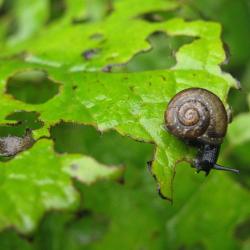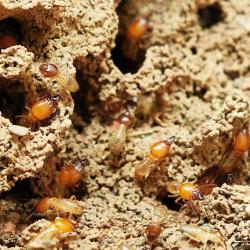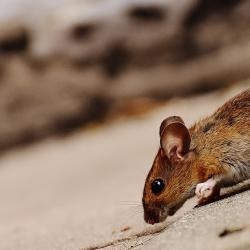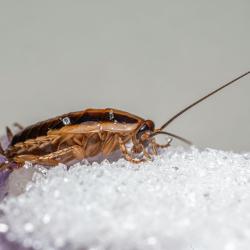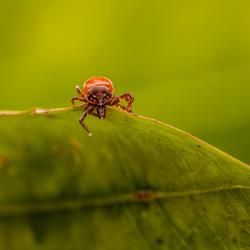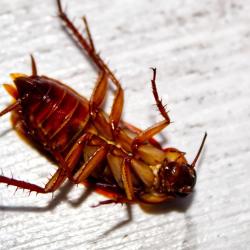How to Safely Remove and Prevent Wasps and Hornets
Wasps and hornets, while essential to the ecosystem for pollination and pest control, can become a nuisance and pose a risk when they build nests in close proximity to human activity. With their capability to sting multiple times, these insects can be particularly dangerous for individuals with allergies. Here's a comprehensive guide to safely removing these buzzing visitors and preventing them from returning.
Identifying Wasps and Hornets
Understanding whether you are dealing with wasps or hornets is critical for determining the appropriate removal strategy. Wasps are typically slimmer with a narrow waist and tend to have bright yellow and black stripes. Hornets are a type of wasp distinguished by their larger size and can also be brown and yellow or entirely black depending on the species.
Safety Precautions
-
Protective Clothing: Before attempting to remove a wasp or hornet nest, wear protective clothing, such as long sleeves, pants, gloves, and if possible, a beekeeper's veil.
-
Allergy Awareness: Ensure that anyone involved in the removal process is not allergic to insect stings. If there is any uncertainty, avoid DIY methods and consult professionals.
-
Plan for an Escape Route: Always have a clear, quick exit strategy if the insects become aggressive.
DIY Removal Methods
-
Sprays and Insecticides: Use a labeled wasp and hornet spray that allows for a safe distance (typically 15-20 feet). Spray during the early morning or late evening when the insects are less active and ensure that people and pets are at a safe distance.
-
Soap and Water Solution: In a spray bottle, mix two tablespoons of dish soap with water. This solution can clog the breathing pores of wasps and hornets, eventually killing them. Use this method with caution as it requires closer proximity to the nest.
-
Bag and Dispose: For smaller nests, it is possible to cover the nest with a cloth or garbage bag, tightly sealing it and removing the nest. Ensure it is done at night when the insects are less active. This method should only be performed if you are confident and have prior experience.
Professional Assistance
If the nest is large or located in an inaccessible area, it’s advisable to contact pest control professionals. They have the right equipment and expertise to handle the situation safely and efficiently.
Preventive Measures
-
Seal Entry Points: Regularly inspect and seal cracks and crevices in walls, windows, and doors where wasps and hornets might enter buildings.
-
Maintain Cleanliness: Keep outdoor garbage cans tightly sealed and clean up food and drink spills promptly to reduce attraction.
-
Attractive Landscaping: Plant wasp-repellent plants such as peppermint, eucalyptus, or wormwood around your home.
-
Decoy Nests: Wasps and hornets are territorial; hanging a decoy nest can discourage new wasps from settling in the area.
-
Regular Inspections: Periodically check eaves, attics, and sheds for the early signs of nests during the warmer months when wasps are most active.
Conclusion
While wasps and hornets play a vital role in our environment, their proximity can pose risks. By following proper safety measures and implementing preventive strategies, it is possible to coexist with these insects without compromising human safety. Remember, when in doubt or dealing with a particularly aggressive nest, consulting with pest control experts is the safest approach.
